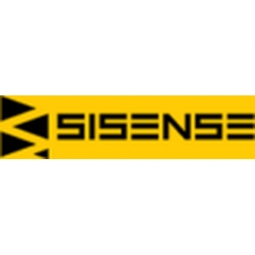Sisense
Case Studies
EDA Transforms Data Management and Analysis with Sisense
Overview
 |
EDA Transforms Data Management and Analysis with SisenseSisense |
Analytics & Modeling - Big Data Analytics Application Infrastructure & Middleware - Data Visualization Platform as a Service (PaaS) - Data Management Platforms | |
Agriculture Construction & Infrastructure Equipment & Machinery | |
Business Operation Product Research & Development | |
Software Design & Engineering Services System Integration | |
Operational Impact
| EDA uses Sisense to monetize its aggregated data by creating industry-specific products. | |
| EDA has productized its data analysis, making it possible to offer free product trials to prospective customers. | |
| EDA has been able to bring their product to market fast and enjoy significant returns. | |
Quantitative Benefit
| Within 90 days from purchasing Sisense, EDA launched a new product for the trucking industry called “Weekly Business Intelligence”. | |
| In a 9-month period, EDA generated 7 figures of revenue from just this product. | |
| In 2013, in less than a year, Sisense was used to generate 7 figures of revenue and in 2014 these revenues are expected to double. | |


